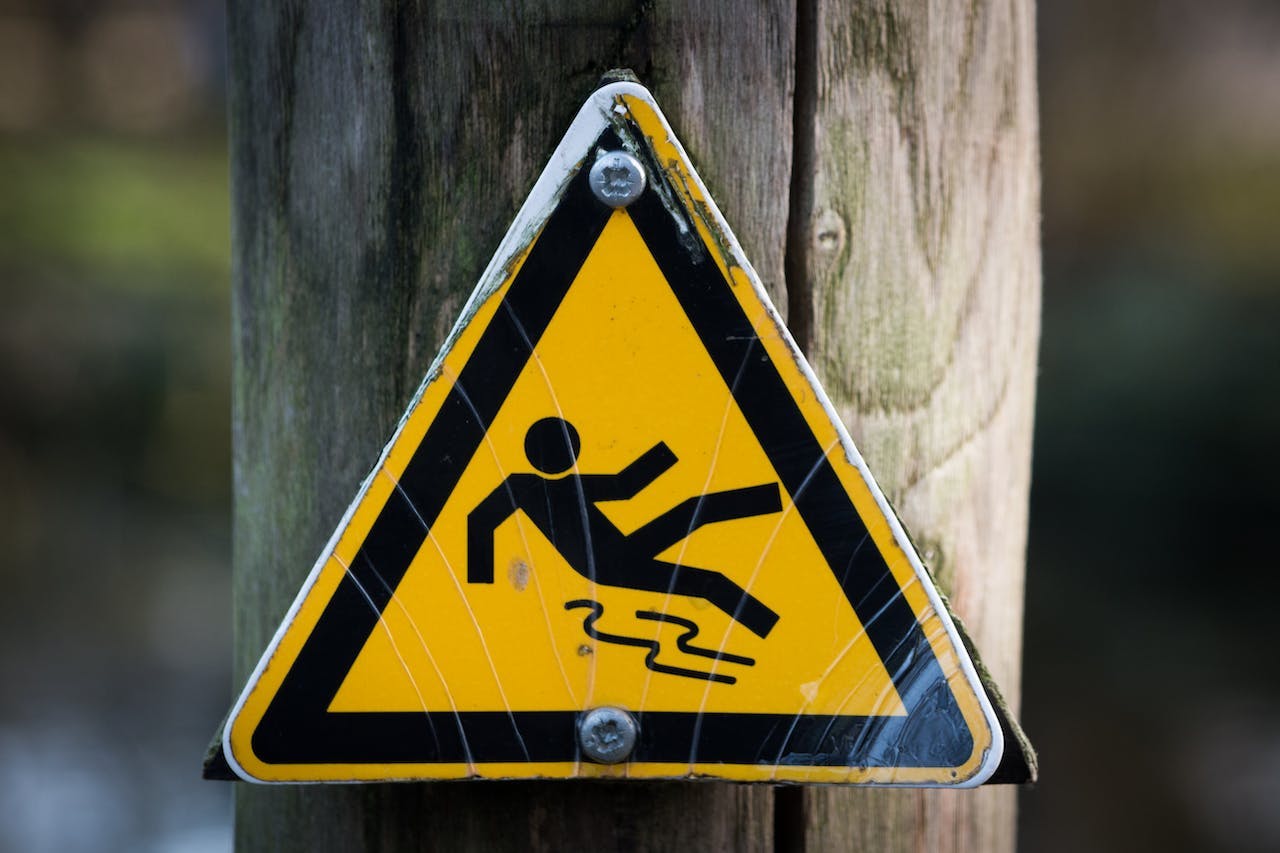Key performance indicators (KPIs) guide almost every decision that’s made for your business. Various KPIs dictate if the marketing department needs a bigger budget or if you need to hire more employees.
The purpose of a KPI is to track a specific aspect of your business in an objective and quantifiable way. This data is then used to guide various business decisions to move the KPI in the desired direction.
Safety performance indicators are essential to understanding how you can best protect the health and safety of your employees. Not only is protecting workers the right thing to do, but it will meaningfully improve your business. Work injuries cost a total of $171.0 billion in 2019 in the US alone.
Today, one thing is very clear: you cannot afford to ignore employee safety.
It’s time to discover how tracking the right safety performance indicators can help reduce incidents and ultimately improve the health and safety of every employee.
What is a safety KPI?
Every KPI is picked, tracked, and analyzed because it has a direct impact on the business. However, what KPI is your business tracking that relates to the health and safety of your employees? Tracking meaningful safety KPIs is often ignored because it doesn’t directly generate revenue, despite having a profound impact on several aspects of the business (sometimes even revenue).
A safety performance indicator is a metric that helps convey the overall safety of your employees. Safety officers employ over a dozen existing safety performance indicators to track various aspects related to injuries and accidents. Your business should embrace safety performance indicators to form a well-rounded picture of employee safety.
The ultimate purpose of tracking safety performance indicators is to understand the effectiveness of existing safety policies and procedures. Alarming trends can highlight the need to revise an existing policy to enhance employee safety further.
Lagging indicators vs. leading indicators
There are two categories of safety performance indicators that each highlight different aspects of an organization’s safety programs:
- Lagging indicators: These types of performance indicators are a measurement of what’s already happened, or you can consider them related to past performance. Lagging indicators include the total incident rate or the lost time injury frequency. Bad lagging indicators mean that a specific safety program has failed and needs to be revisited.
- Leading indicators: This group of safety performance indicators tracks data related to preventing injuries and accidents from occurring at all. Leading indicators show what your company is doing to prevent injuries from happening in the first place. Safety inspection completion percentage and frequency of safety training are two potential KPIs that showcase active safety initiatives, or the lack thereof.
Both types of indicators are essential for understanding the overall state of health and safety within the company. Ideally, safety officers will have multiple KPIs of both types that help them pinpoint specific problems or areas of improvement.

How to calculate common safety KPIs
Safety performance indicators must be objective and quantitative, which means they are also formulaic. Two primary types of calculations show up throughout almost every KPI formula:
- Frequency rates: These formulas aim to determine how many events happened over a set amount of time as standardized by the number of hours worked.
- Incident rates: KPIs that use this type of calculation also focus on given events over a predetermined time frame but are standardized by the number of employees.
Both of these formula categories are vital and help convey different elements of the company’s overall safety. Some of the common safety KPIs that are worth tracking, and their formulas, are:
- Total Case Incident Rate: Describes the number of work-related injuries per 100 full-time employees over one year. The formula is: (Number of recordable injuries x 200,000) / Employee total hours worked
- Accident Frequency Rate: Describes the total number of accidents that impacted an employee’s ability to work over a year. The formula is: (Number of recordable accidents x 200,000) / Employee total hours worked)
- Severity Rate: Describes the average number of days lost per recordable incident. The formula is: (Actual number of lost workdays x 200,000) / total number of hours worked by all employees
Empower safety officers with easy access to safety KPIs
Having accurate safety performance indicators will revolutionize the effectiveness of safety programs within your company. Safety officers will have objective data highlighting the effectiveness of the existing safety policies and processes, which guides future health and safety decisions.
Every safety officer should have access to up-to-date safety data exactly when it’s needed. Our integrated safety software solution makes it easy to understand the current state of valuable metrics, along with insights to guide decision-making.
Are you interested in how our mobile inspection software can help you understand your company’s overall safety? Contact us to set up an appointment with one of our product specialists to see how we can transform your company.
last modified:09.17.24
Recent Posts

OSHA Ladder Safety 101: How to Meet OSHA Standards and Keep Your Workers Safe

Car Wash Safety: Regulations & Best Practices You Need to Know

Fall Hazards At Work: How To Keep Your Employees Safe

The High Price of Neglect: OSHA Violations and Penalties

Expert Advice on Preventing Workplace Electrical Hazards

Slips, Trips and Falls in the Workplace: Best Practices

HSEQ Audit: The Complete Guide

Keeping Up With Compliance Trends 2024

Improve Safety: Inspection Management Software Benefits

Promoting Safe and Productive Working Environments: Occupational Health & Safety Tips to Consider
